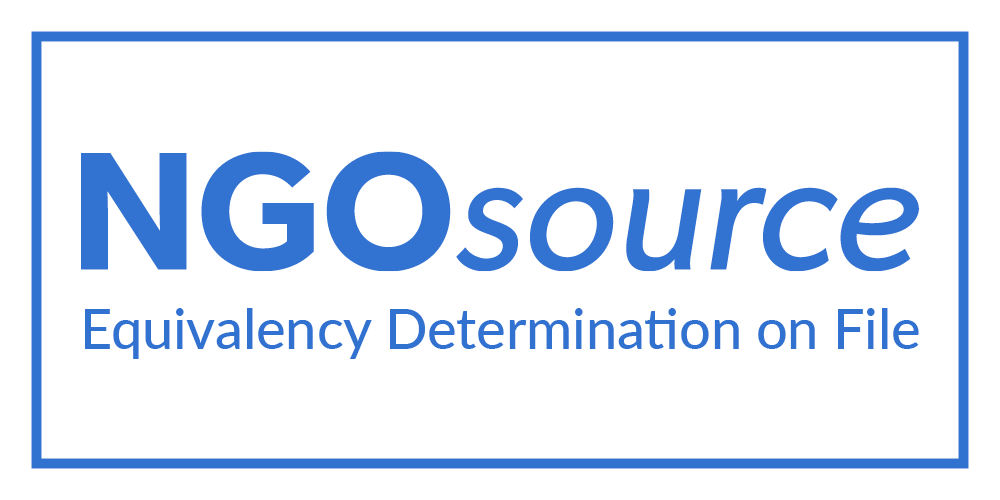Human rights groups demand Israel immediately halt renewed aerial herbicide spraying along Gaza fence

Israeli crop dusters flew along the perimeter fence separating Gaza and Israel on Tuesday, 14 January 2020, and sprayed chemicals purported to be herbicides. The spraying was conducted sporadically for about three and half hours, with the sprayed chemicals reaching Palestinian farmlands inside the Gaza Strip, mainly east of Gaza, North Gaza, and Deir al-Balah districts.
Palestinian farmers who were working the land west of the perimeter fence on Tuesday morning, spoke to the human rights organizations about the incident.
The farmers reported that at about 7:20 A.M. Tuesday morning, they saw plumes of black smoke emanating from Israel’s side of the fence — usually used as a means to discern wind direction. Several minutes later, crop dusters flew along the perimeter fence spraying chemicals believed to be herbicides, which were blow by the wind into the Gaza Strip.
CLICK ABOVE OR HERE to view footage of the Israeli crop-duster plane filmed on 15 January 2020
The Israeli spraying activities, which lasted until 11:30 A.M., took place to the east of Gaza City and Beit Hanoun, and to the northeast of al-Bureij. The following morning, further spraying took place at the same locations, as well as in areas east of Deir al-Balah.
Today, 16 January 2020, human rights organizations Gisha – Legal Center for Freedom of Movement, Adalah – The Legal Center for Arab Minority Rights in Israel, and Al Mezan Center for Human Rights in Gaza sent an urgent letter to Israel's Minister of Defense Naftali Bennett, Military Advocate General Sharon Afek, and Attorney General Avichai Mandelblit with an urgent demand to refrain from conducting further aerial spraying of herbicides inside and near the Gaza Strip, due to the severe damage to crops and the health risks to Gaza residents.
Israel’s practice of conducting aerial herbicide spraying was first documented in 2014. The spraying is typically without prior notification or warning to Palestinian farmers. Crop dusters fly at very low altitudes (as low as 20 meters) fly mostly over the Israeli side of the perimeter fence but have, on some occasions, reportedly flown over Palestinian territory. Israel conducts the spraying when the wind is blowing westward, which carries the chemicals deep into Gaza. Herbicidal chemicals have reached distances as far as 1,200 meters into the Strip in previously documented incidents of spraying.
In the past, Israel has carried out the aerial spraying about twice a year, once in December/January, impacting winter crops, and then in April, impacting summer crops.
It is estimated that a total area of 7,620 dunams of arable land in the Gaza Strip has been affected by aerial spraying since 2014, when the first incident of this type was reported. Palestinian farmers have sustained widespread damage to their crops and incurred immense financial losses as a result, which drove some farmers to abandon cultivating fields near the perimeter fence due to the associated risks.
In 2019, the London-based research agency Forensic Architecture published an investigation into the practice. By utilizing satellite imagery and drift analysis to determine the extent of damages sustained inside the Gaza Strip, the investigation corroborated previous findings by Gisha, Adalah, and Al Mezan that Israel’s aerial spraying of herbicides has damaged lands and crops deep inside Gaza.
CLICK HERE to watch Forensic Architecture’s video investigation
In 2016, responding to a request submitted by Gisha under the Freedom of Information Act, the Israeli Ministry of Defense disclosed that the chemical agents used in the spraying include glyphosate (“Roundup”), which had been declared a ‘probable carcinogen’ by the World Health Organization and has been banned in many countries around the world.
In January 2019, Al Mezan, Adalah, and Gisha sent a letter to Israeli Prime Minister Benjamin Netanyahu in his role as defense minister, Military Advocate General Adv. Sharon Afek, and Attorney General Dr. Avichai Mandelblit, with an urgent demand to refrain from conducting further aerial spraying of herbicides inside and near the Gaza Strip, due to the severe damage to crops and the risk to the health of Gaza residents caused by the spraying. No incidents of aerial spraying were documented in 2019.
Data collected on the impact of aerial herbicide spraying in the past five years strongly indicates that the spraying poses a potential threat to the right to life as it directly undermines food security and health of the civilian population in Gaza. Human rights organizations Gisha, Adalah and Al Mezan stress that such disproportionate action, with detrimental impact on livelihoods and the health of the civilian population, is unlawful under both Israeli and international law.
The organizations call on Israeli authorities to immediately cease all aerial spraying activities in and near the Gaza Strip and provide adequate reparation for those who have sustained financial losses as a result of the practice.
CLICK HERE to read the joint letter [Hebrew]
CLICK HERE to see the Forensic Architecture investigation
MEDIA CONTACTS
- Mati Milstein, Adalah, mati@adalah.org, +972.58.778.1437
- Yamin Al-Madhoun, Al Mezan, yamen@mezan.org, +972.59.932.7961
- Miriam Marmur, Gisha, miriam@gisha.org, +972.54.524.0511
(Homepage photo credit: Forensic Architecture)















